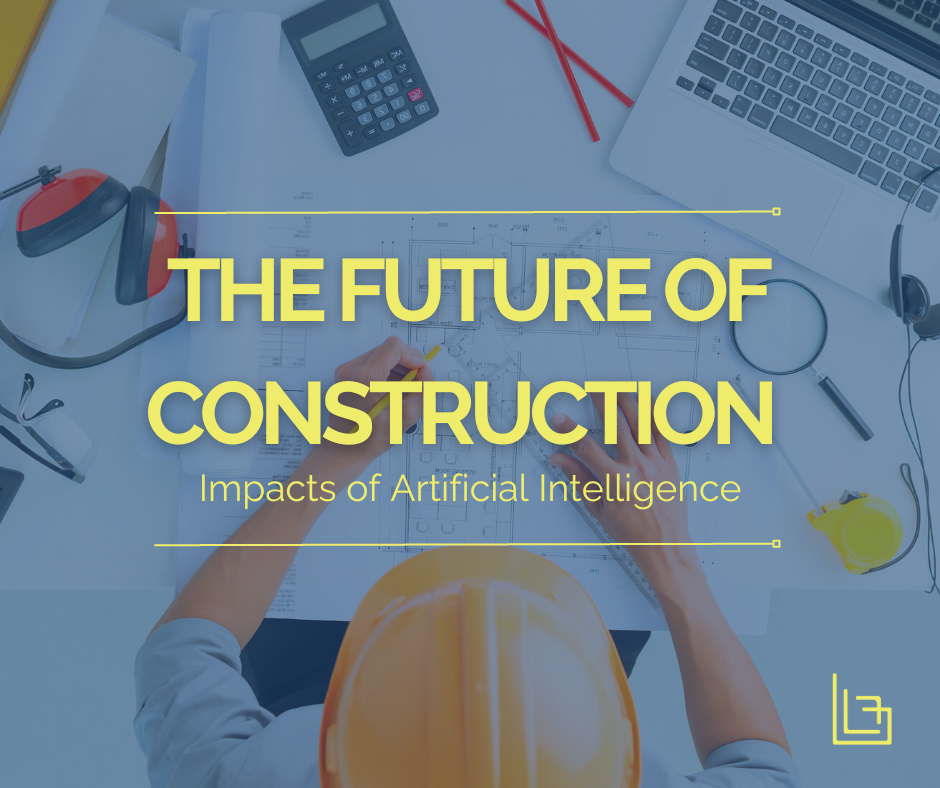Since its emergence, OpenAI’s ChatGPT has underscored the imminent encroachment of AI across all sectors. Even beyond tech, industries worldwide are exploring AI’s potential for enhancing products, reducing costs, and staying competitive. Construction, in particular, has swiftly embraced AI, with 92% of firms reportedly utilizing or planning to use it, yet success rates remain relatively low at 65%. AI’s applications in construction are diverse, from streamlining processes to enhancing safety measures.
AI excels in automating tasks, analyzing data, and engaging stakeholders. In construction, it can streamline pre-construction operations like bid drafting and design proposals. Moreover, AI-driven data analysis can improve progress tracking and on-site safety through image scanning, IoT sensors, and machine learning-driven insights. Integrating AI with other cutting-edge technologies could further revolutionize construction, with potential applications ranging from optimizing steel cuts to retrofitting machinery with autonomous capabilities.
However, AI adoption isn’t without challenges. Companies often prioritize complex transformative projects over simpler operational enhancements, risking feasibility. Concerns about job displacement and workforce reskilling also loom large, alongside the critical need for stringent oversight to mitigate AI errors and their costly repercussions.
Despite these hurdles, AI presents an opportunity for construction and the broader economy. Market projections suggest a 35% growth in AI usage within the construction industry from 2022 to 2030. When harnessed effectively, AI could usher in a new era of innovation and efficiency for this age-old sector.





